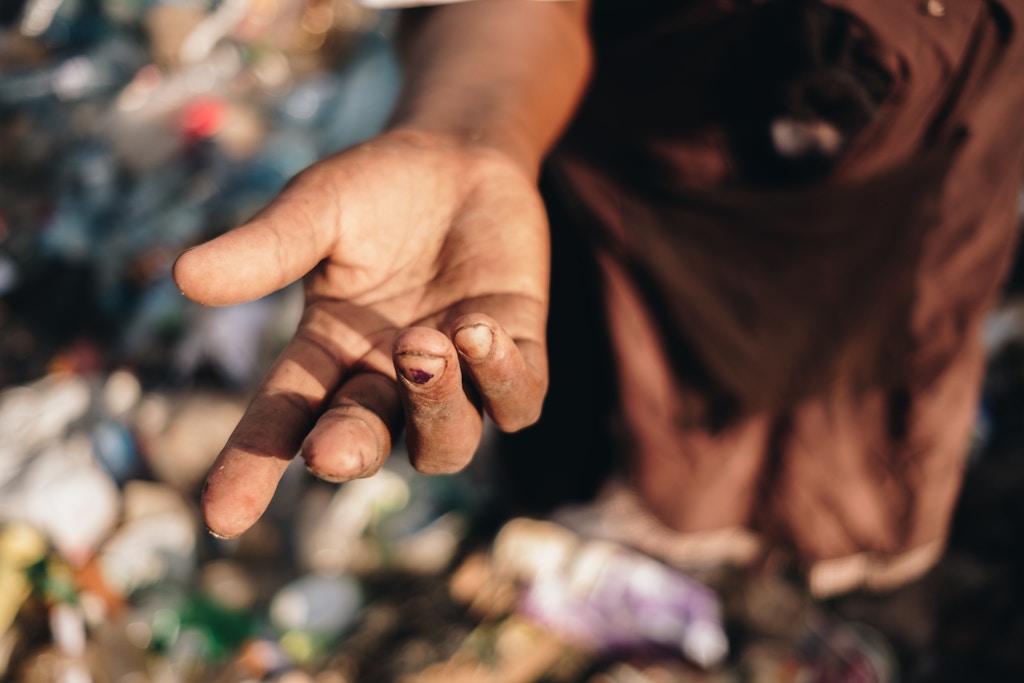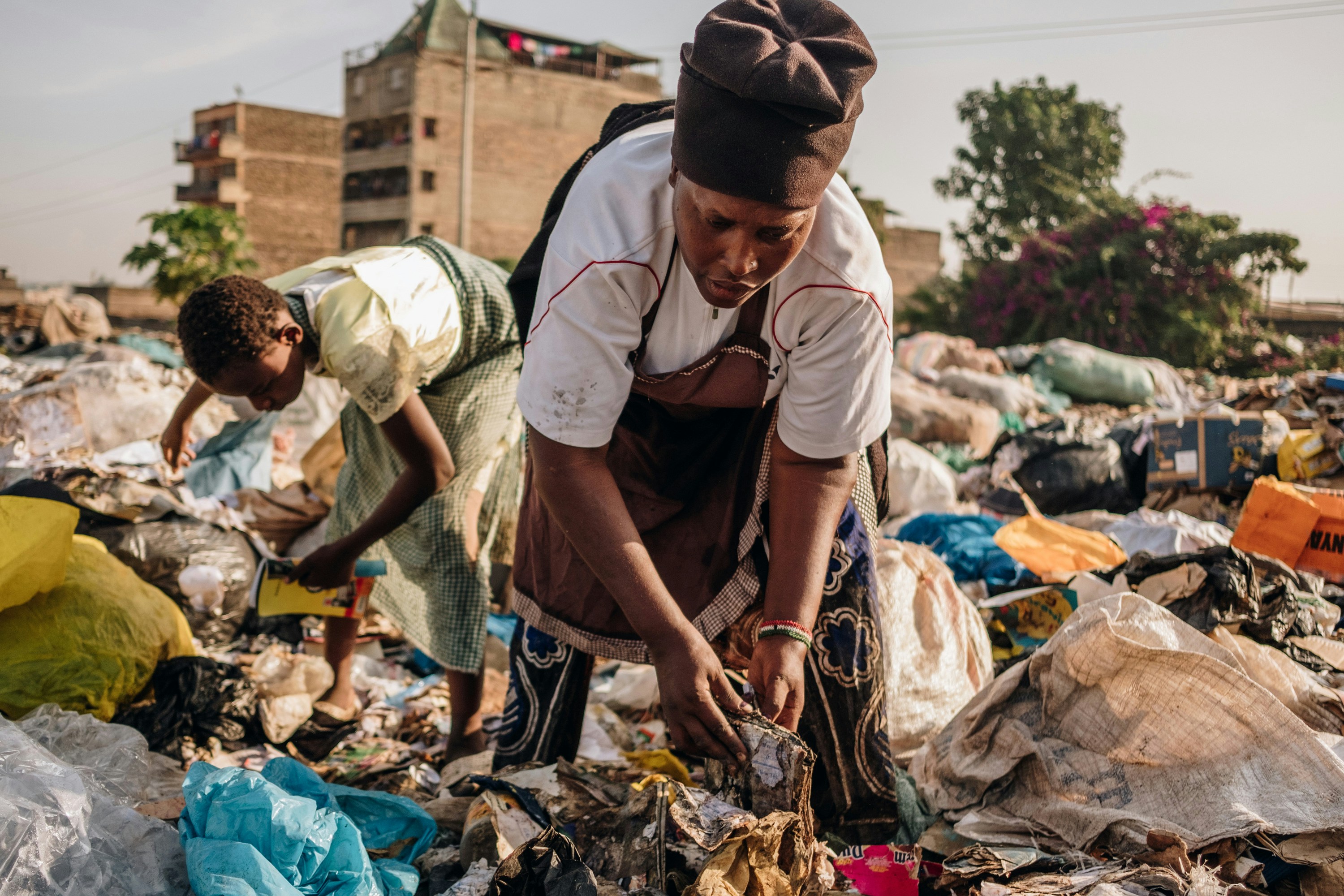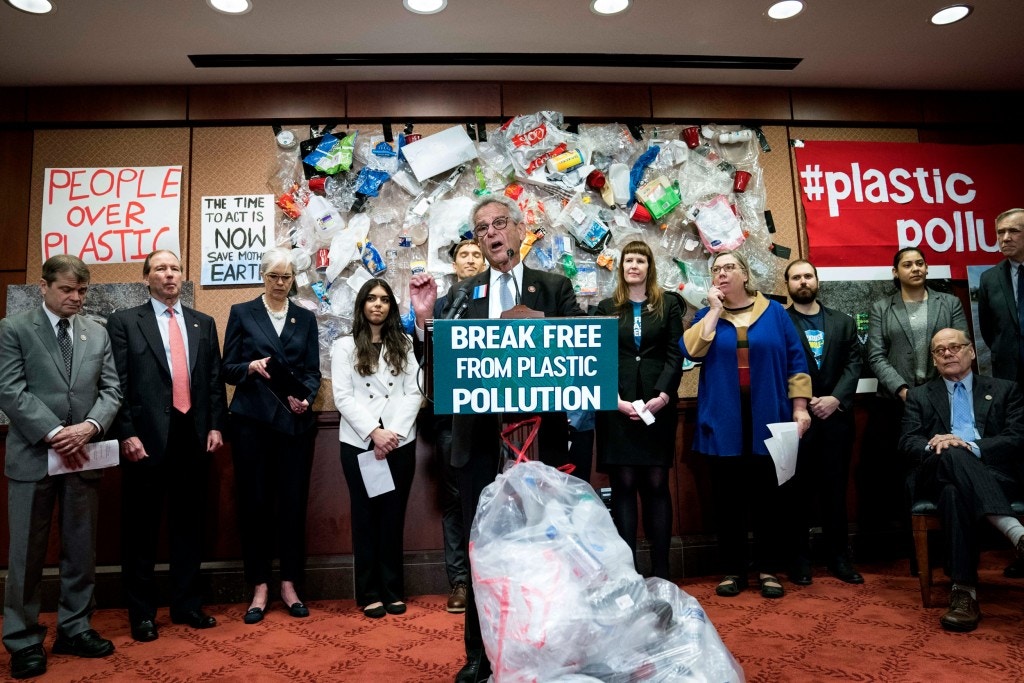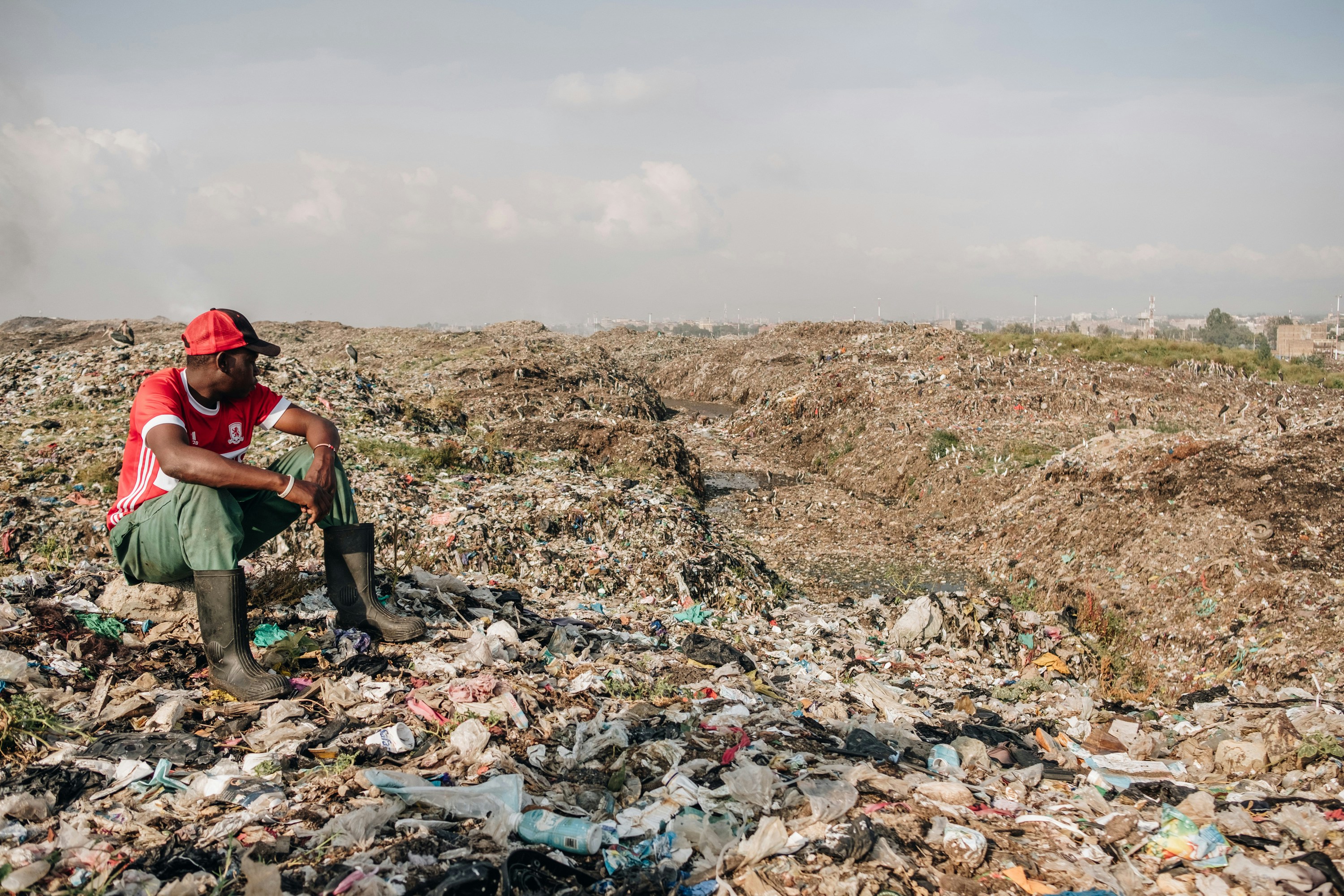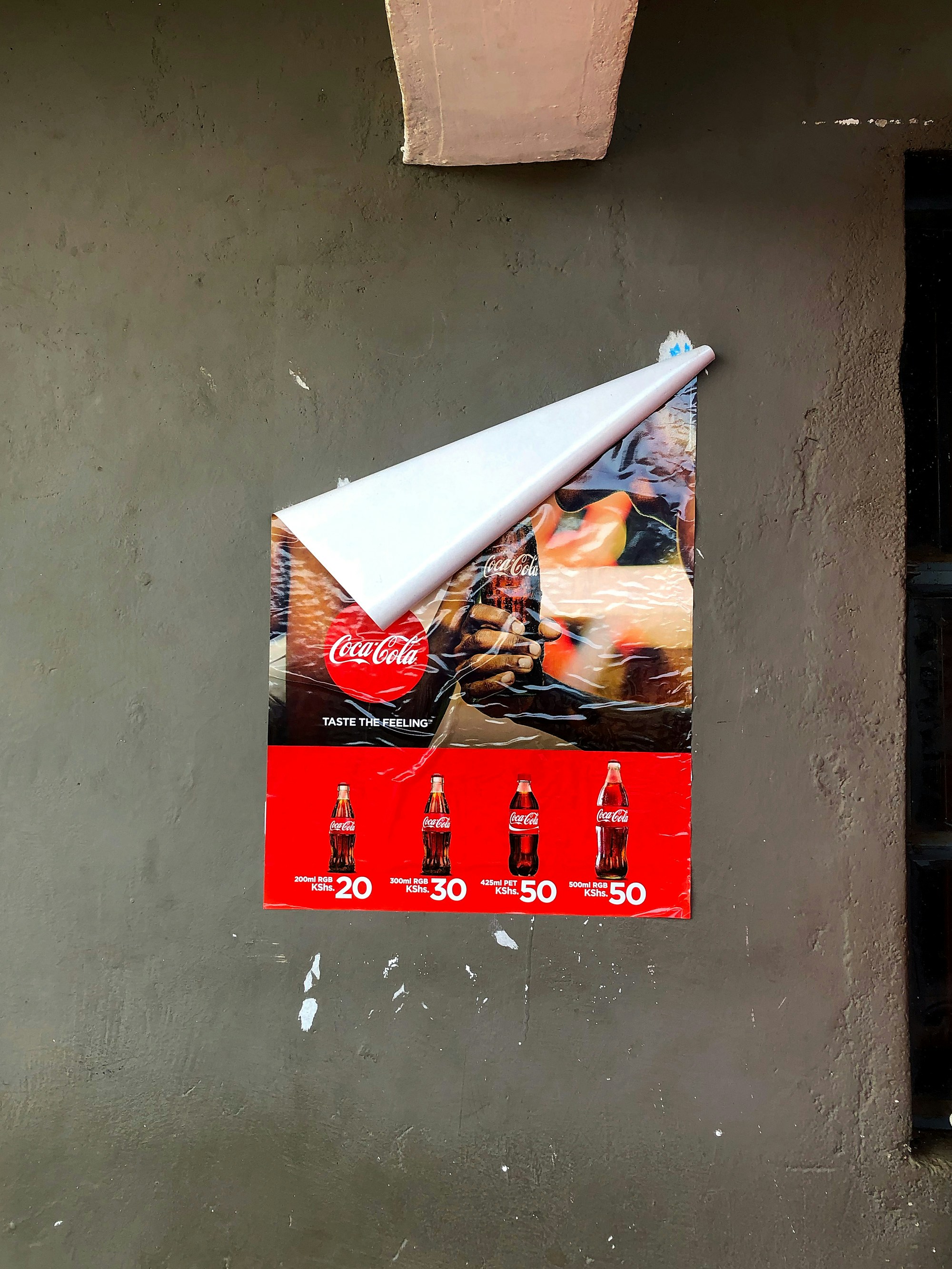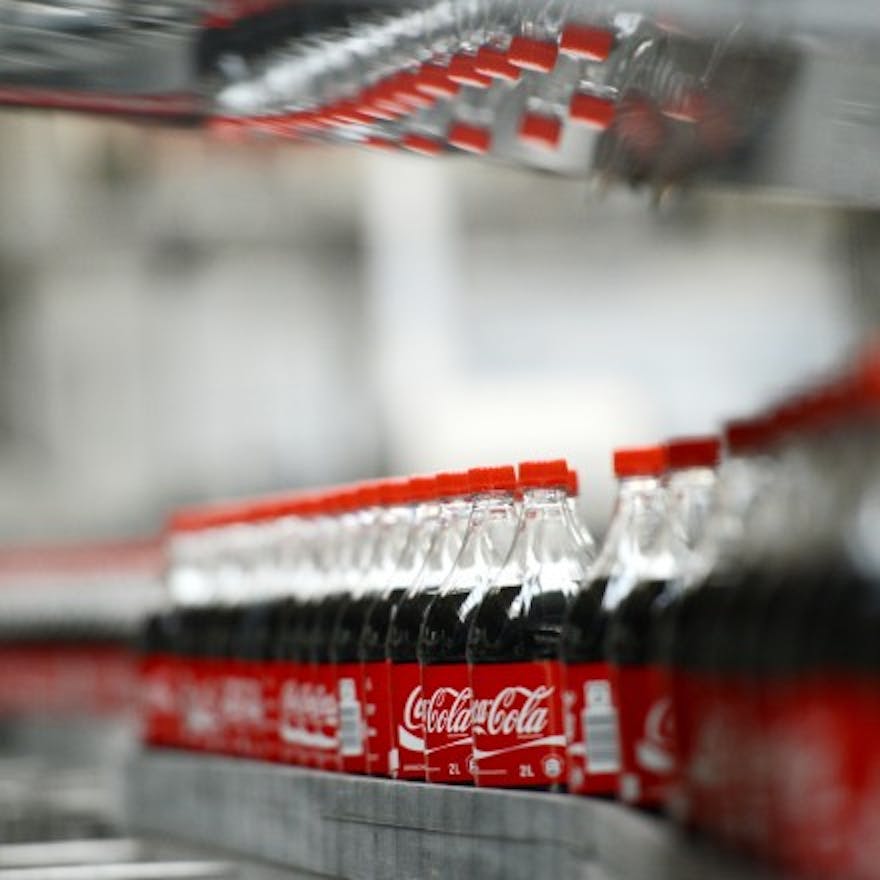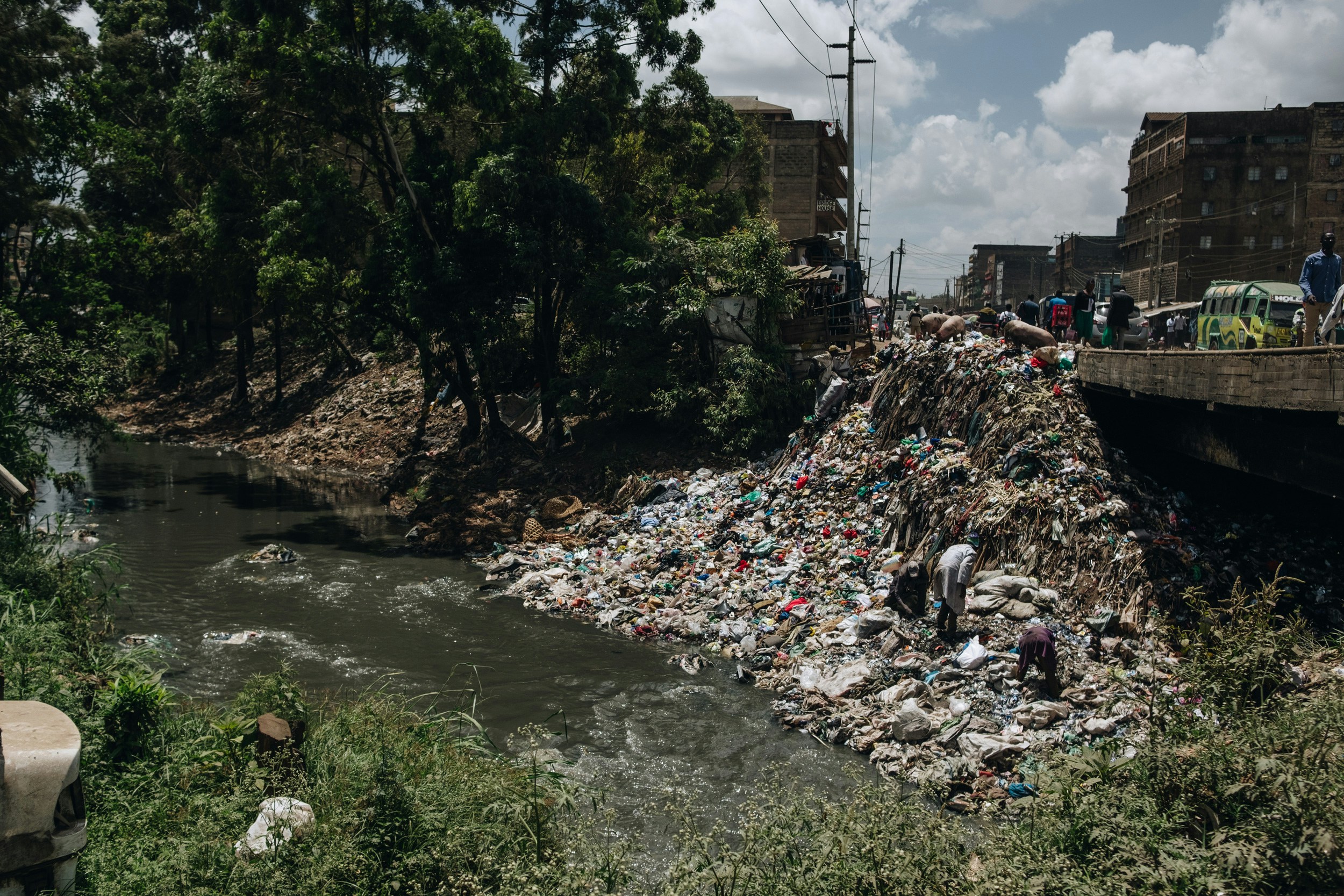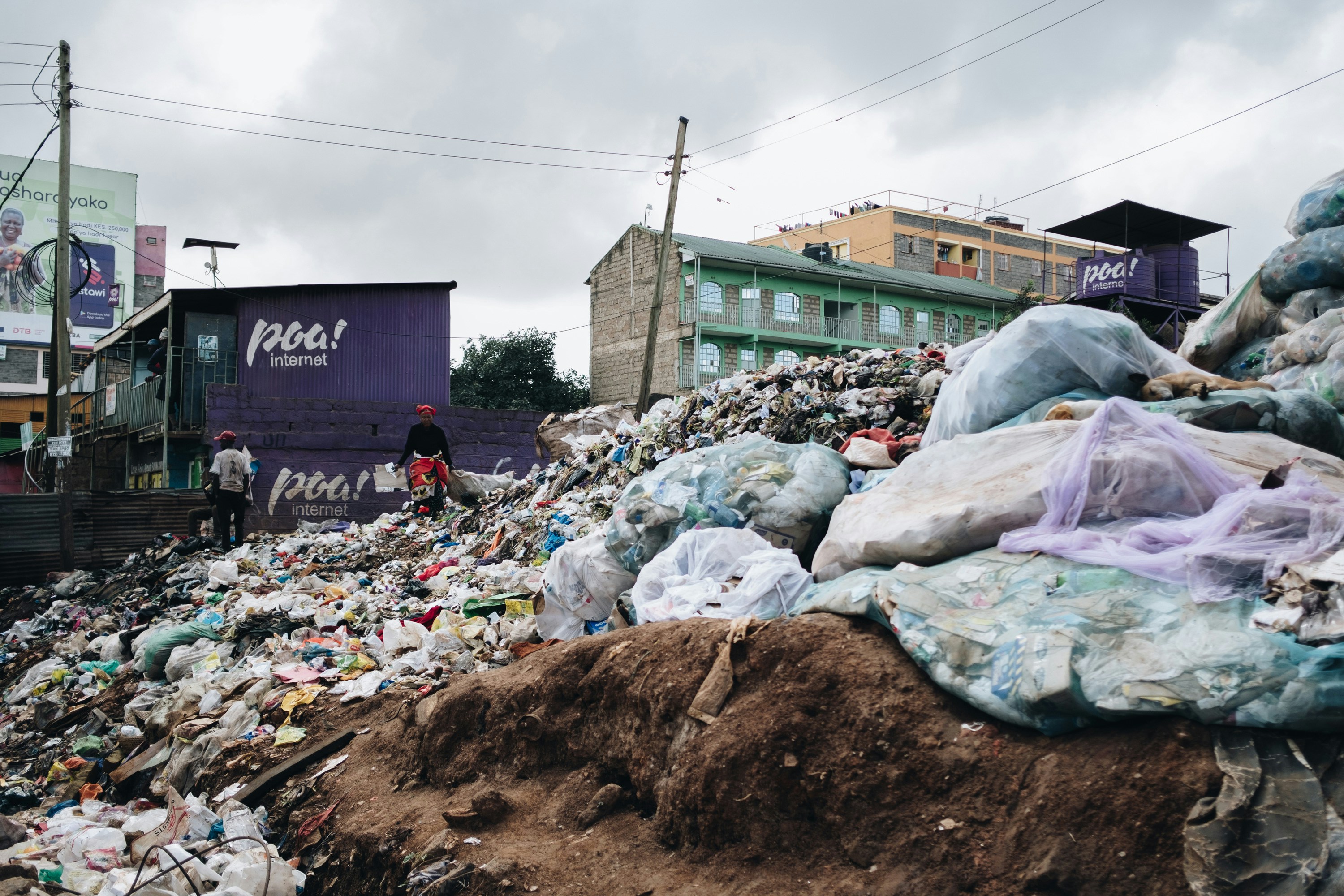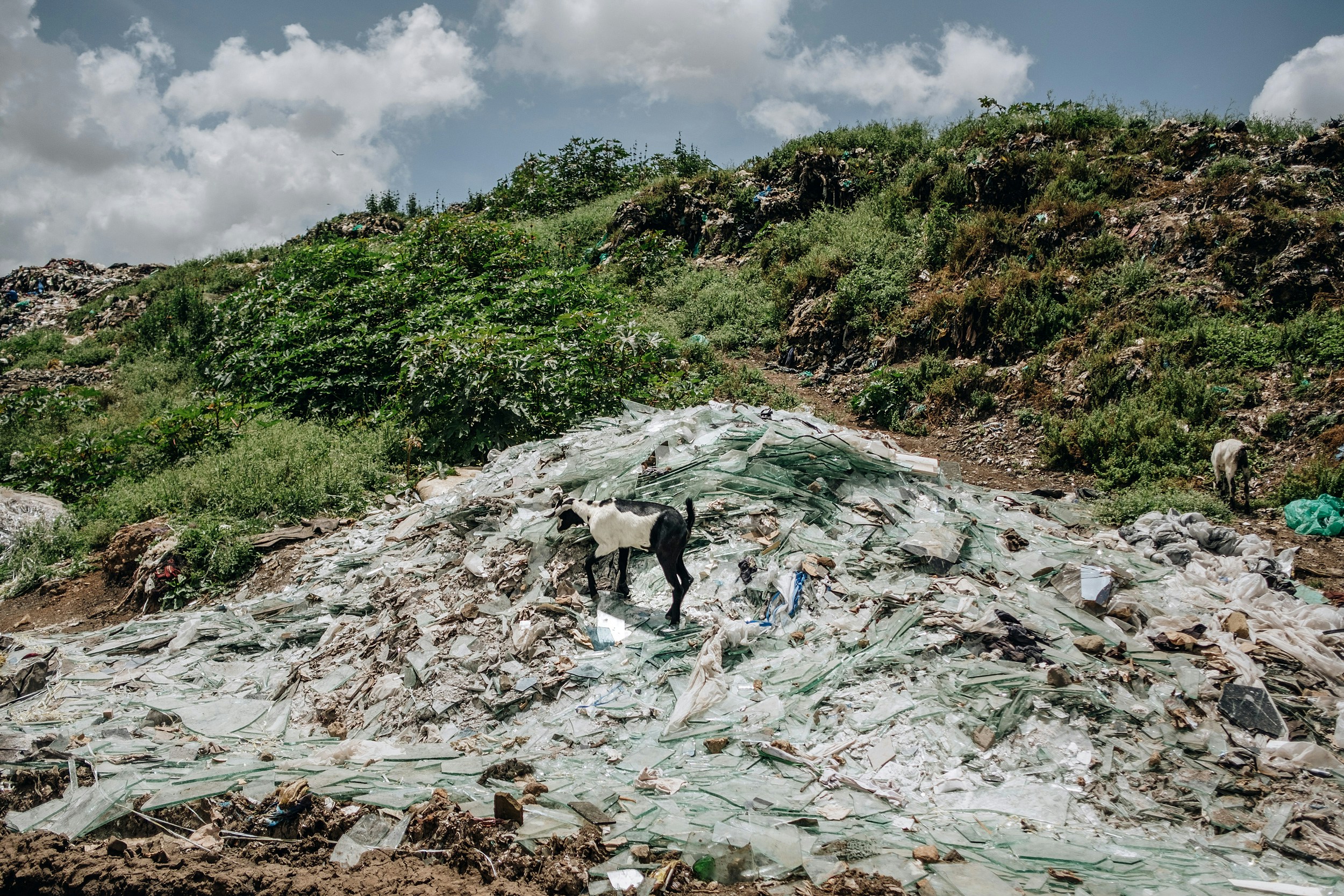The Trump administration is using the pandemic as an excuse to target immigrants and asylum seekers
Nativist scapegoating and racist restrictions in the name of public health are nothing new. But this time, anti-migrant policy could have devastating effects.
A basic tenet of immunology is that we are all safer if we are all safe. That should be a basic tenet for politics as well. And yet, our empathy too often runs up against border walls and dies out.
Migrants are decidedly not to blame for the pandemic. To blame are international travel, the interconnectedness of global capital, grossly ill-equipped national health systems, and leisure tourism. As the United States continues its immigration detention and deportation programs, we can now add anti-immigration policies to that list.
Foisting culpability for disease and contagion on migrants and asylum seekers remains a common cliché, one that has a long and vile history. Covid-19 has been a boon to the anti-immigrant agenda that President Trump — along with other nativist leaders — has been aching to implement since he took office: wielding extraordinary executive powers to temporarily shutter the refugee resettlement program, lock down the US-Mexico border, suspend asylum processing, and push children fleeing danger back into Mexico. Invoking what he has allegedly called his “magical authority,” Trump’s latest move, after threatening to stop all immigration, was a 60-day suspension of visa issuances, with some broad exceptions for health care workers, investors, plus spouses or young children of citizens or green card holders.
It’s not hard to imagine the administration making excuses, even after we begin to recover, for extending or even expanding the lockdowns and turning a temporary state of exception into a lasting status quo. The administration is already moving to extend the suspension indefinitely. Such authority is “magical”— or effectual at solving our current health or economic crises — as much as smoke and mirrors are able to delude and distract.
But while the government is willing to suspend immigration laws meant to protect or welcome people arriving to the country, it is not willing to suspend ones that keep people dangerously locked up in detention centers, where, as the coronavirus begins to creep in, it is almost certain to devastate. These detention centers are bad enough without the virus; in recent years, detainees have suffered outbreaks of measles and received dangerously substandard medical care, while the centers have been the sites of mass suicide attempts, ongoing waves of hunger strikes, rampant sexual assault from guards, and a host of other abuses including generally unhealthy, inhumane, and sometimes torturous conditions.
Nor has the government suspended its expensive wall-building or, most dangerous of all, deportation policies. Deporting people from the United States, the global epicenter of the coronavirus crisis, is another gust of wind to a raging wildfire. Hundreds of people deported to Guatemala and Haiti have tested positive for the virus. In Guatemala, some of the returned migrants are even facing discrimination, accused of bringing the virus with them.
Baseless reproach, nativist scapegoating, and racist restrictions are nothing new when it comes to the intersection of immigration and disease. Amid a series of cholera outbreaks in the 19th century, Americans pointed the finger at Irish immigrants, even referring to the virus as the “Irish disease.” In the 1880s, Chinese immigrants were accused of bringing smallpox and the plague, among other diseases, to California — an accusation that bolstered the movement behind the 1882 Chinese Exclusion Act, one of the early and trend-setting pieces of racist and anti-immigrant legislation.
A decade later, the US suspended immigration for two weeks after “German authorities had blamed Russian Jews en route to America for a severe cholera outbreak in Hamburg,” as Tara Zahra writes in The Great Departure. It was the same year that Ellis Island was opened, not as a munificent welcome ramp to the United States — as it is sometimes memorialized — but as a bustling medical inspection center that eventually turned into a squalid detention center.
The misconception that migrants brought communicable diseases to the United States came up again in the 1930s in the Southwest, where Border Patrol agents subjected Mexican migrants who crossed the border to “gasoline baths,” spraying them with DDT and other noxious chemicals, including Zyklon B, the same poison the Nazis later used as their preferred killing agent during the Holocaust. As David Dorado Romo writes in Ringside Seat to a Revolution, “The fumigation was carried out in an area of the building that American officials called, ominously enough, ‘the gas chambers.’”
As recently as 1979, journalist Daniel Denvir points out in his recent book All-American Nativism, the Los Angeles Times wrote that “hundreds of thousands of Third World immigrants entering California and the rest of the United States are bringing with them a panoply of communicable diseases that could, according to health experts, move the country back toward nineteenth-century standards of public health.” Despite the lack of evidence, anti-immigrant diehards continue to latch onto that fear; arch-conservative talk radio host Michael Savage, for example, wrote a 2016 book called Diseases Without Borders, foisting blame on Obama’s “open borders policy” for America being “invaded by deadly viruses.”
The Trump administration is using these same false flags and racist fears to deport and expel more migrants, more quickly. The New York Times reported recently that White House senior adviser and anti-immigration zealot Stephen Miller has repeatedly tried to use health concerns as an excuse to lock down the border and bar immigrants. According to an unnamed official, invoking public health “had been on a ‘wish list’ of about 50 ideas to curtail immigration” that Miller had written years before Covid-19. He has been digging for any evidence of a connection between immigration and disease, eagerly primed for a crisis to hit to unleash the new policies. The fact that immigration has nothing to do with the pandemic hasn’t stymied him.
Antiquated, unscientific, and anti-immigrant invective has been repurposed not only against Mexicans and Central Americans, but especially against Muslims as Europe’s influx of refugees has grown. Hungary’s populist leader Viktor Orbán, a nativist homophobe who is one of Europe’s most outspoken anti-immigrant soapboxers, has led the charge on conflating the pandemic with illegal immigration: “We are fighting a two-front war, one front is called migration, and the other one belongs to the coronavirus, there is a logical connection between the two, as both spread with movement.”
Likewise, former Polish prime minister Jaroslaw Kaczynski began claiming, in 2015, that the Muslim migrants arriving to Europe were carrying diseases (a sentiment echoed by Trump when he declared that migrants bring “large scale crime and disease” into the country). Both Polish xenophobes and Donald Trump, however, are wrong. Migrants have been shown to be generally healthier than native populations, at least before they are marginalized and blocked from accessing standard medical care. As Sonia Shah, author of Pandemic and the forthcoming The Next Great Migration, told me, “The reflexive solution to contagion — border closures, isolation, immobility — is in fact antithetical to biological resilience on a changing planet.”
Anti-immigration policy is actually the more pressing health danger — from regulations scaring away immigrants from accessing health care to disease-incubating detention centers. I reported from the migrant camps hastily raised in Tijuana in the fall of 2018: They were overcrowded and unsanitary — migrants had no bathrooms, no access to water, were hounded by Mexican officials, and were turned away or sprayed with tear gas by US border guards. Currently, there are around 2,500 people forced into a makeshift refugee camp in Matamoros, just across the river from Brownsville, Texas. The Mexican border city “has only 10 ventilators and 40 hospital beds for intensive care,” Foreign Policy reports.
As poet Carolyn Forché recently told me, “The contagion of lack of empathy is going to be more harmful to us in the long run than anything else, because it will have no bounds.” Even as we remain on lockdown or in quarantine, we cannot let the Trump administration take advantage of a crisis, levy scurrilous and racist claims against some of the world’s most marginalized populations, and deport and deny migrants and refugees. Doing so will not inoculate us from the virus, but, in fact, infect us with something even worse.
John Washington is a translator and writer covering immigration and border politics, as well as criminal justice and literature. His first book, The Dispossessed: A Story of Asylum at the US-Mexico Border and Beyond, is out in May 2020 from Verso Books.
/cdn.vox-cdn.com/uploads/chorus_image/image/66805895/GettyImages_1220659537.0.jpg)

